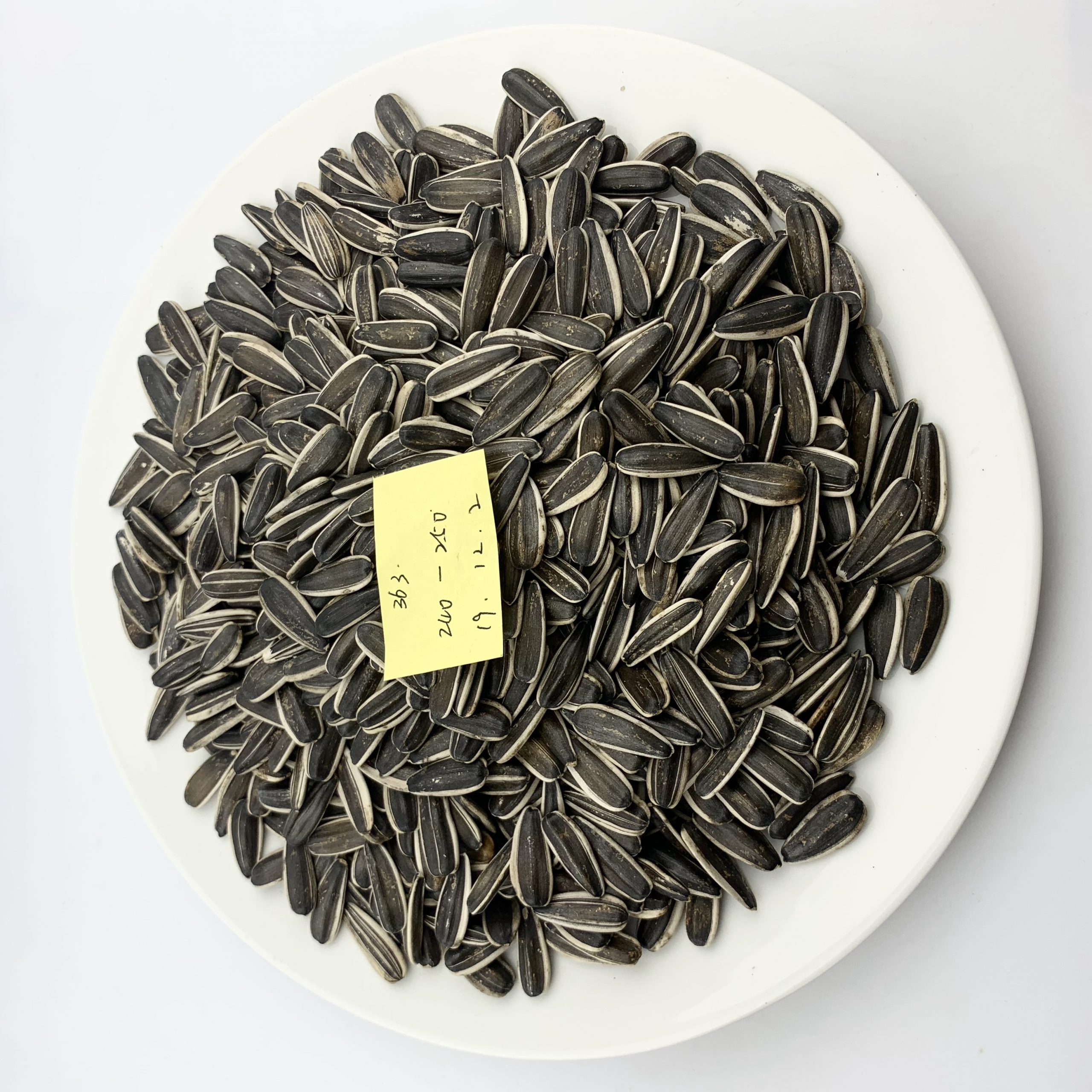Once the seeds are harvested, they may be used right away or saved for planting next season. Dry your seeds completely prior to storing them. The drier the seeds are, the longer they will store. Keep the seeds in a closed container such as a sealed, airtight mason jar. Don’t forget to label the contents clearly and date it. For seeds that will be stored for only a season, place the container in a cool, dark location. The refrigerator is a great place to store seeds. To help ensure the seeds remain dry, you can also place silica gel or 2 tablespoons (29.5 mL.) of powdered milk wrapped in tissue in the bottom of the jar. You can also freeze your seeds. Either place them in an airtight, freezer safe container or toss them into a freezer bag. Most sunflower seeds will last for up to a year when stored in the fridge or freezer. Those stored short term, such as in the pantry, should be used within 2-3 months. Whatever your reasons for harvesting sunflower seeds, whether as winter feed for the birds or a tasty treat for your family, sunflower harvesting is easy and fun and can create a new fall tradition for you and your family.
Sunflower harvesting has a long history as an American tradition and they have been part of man’s diet for centuries. Native Americans were harvesting sunflower seeds long before Europeans arrived. They boiled the heads to extract the oil and ate the seeds either raw or baked in breads and infusions were used medicinally. The seeds are a good source of calcium, phosphorus, and potassium.
One of the pleasures of watching those huge yellow flowers following the summer sun is anticipating harvesting sunflower seeds in the fall. If you have done your homework and planted a sunflower variety with large, full heads, you’re in for a treat, but beware; you won’t be the only one harvesting sunflower seeds. Sunflower harvesting is a favorite past time of birds, squirrels, field mice, and deer. To beat the local wildlife, it is important to know when to harvest sunflowers. When to Harvest Sunflower Seeds Harvesting sunflowers is easy, but deciding when to harvest sunflowers can give some gardeners pause. Heads picked before the proper time may have plenty of seed coats with little meat. Wait too long to harvest sunflowers and the tender seeds will be too dry to roast. Wait until the animals start sunflower harvesting for you and there’ll be nothing left for you! Harvest sunflowers when their petals become dry and begin to fall. The green base of the head will turn yellow and eventually brown. Seeds will look plump and the seed coats will be fully black or black and white stripes depending on the variety. If animals or birds are a problem, you can cover the heads with fine netting or paper bags as soon as the petals begin to wilt. How to Harvest Sunflower Seeds While most growers agree on when to harvest sunflowers, how to harvest sunflowers seeds is largely a matter of preference and neither method provides a greater yield. One method for harvesting sunflower seeds allows the seeds to fully ripen on the stem. When seeds are fully ripened and just beginning to loosen from the head, cut the stem about one inch (2.5 cm.) below the head. Now briskly rub the seeds from the head with your hand, blow off the chaff, and allow the seeds to dry before storing. The second method for harvesting sunflowers begins when about two-thirds of the seeds are mature. Cut a longer piece of stem. 3 to 4 inches (7.5 to 10 cm.) works well. Wrap a paper bag around the head and hang the heads in in a well ventilated area for a few weeks to dry. Make sure the area is warm, but not hot. Sunflower harvesting has a long history as an American tradition and they have been part of man’s diet for centuries. Native Americans were harvesting sunflower seeds long before Europeans arrived. They boiled the heads to extract the oil and ate the seeds either raw or baked in breads and infusions were used medicinally. The seeds are a good source of calcium, phosphorus, and potassium.

